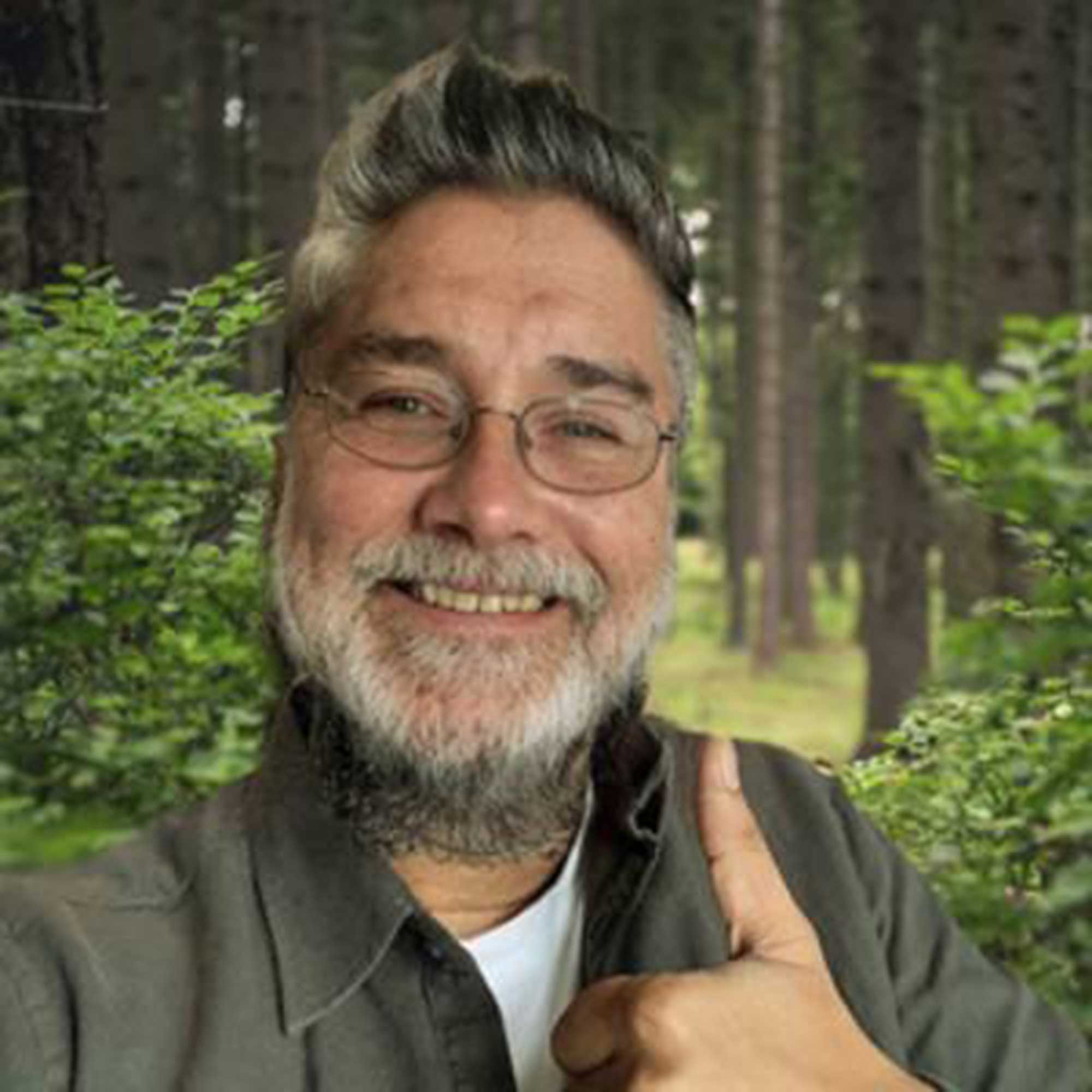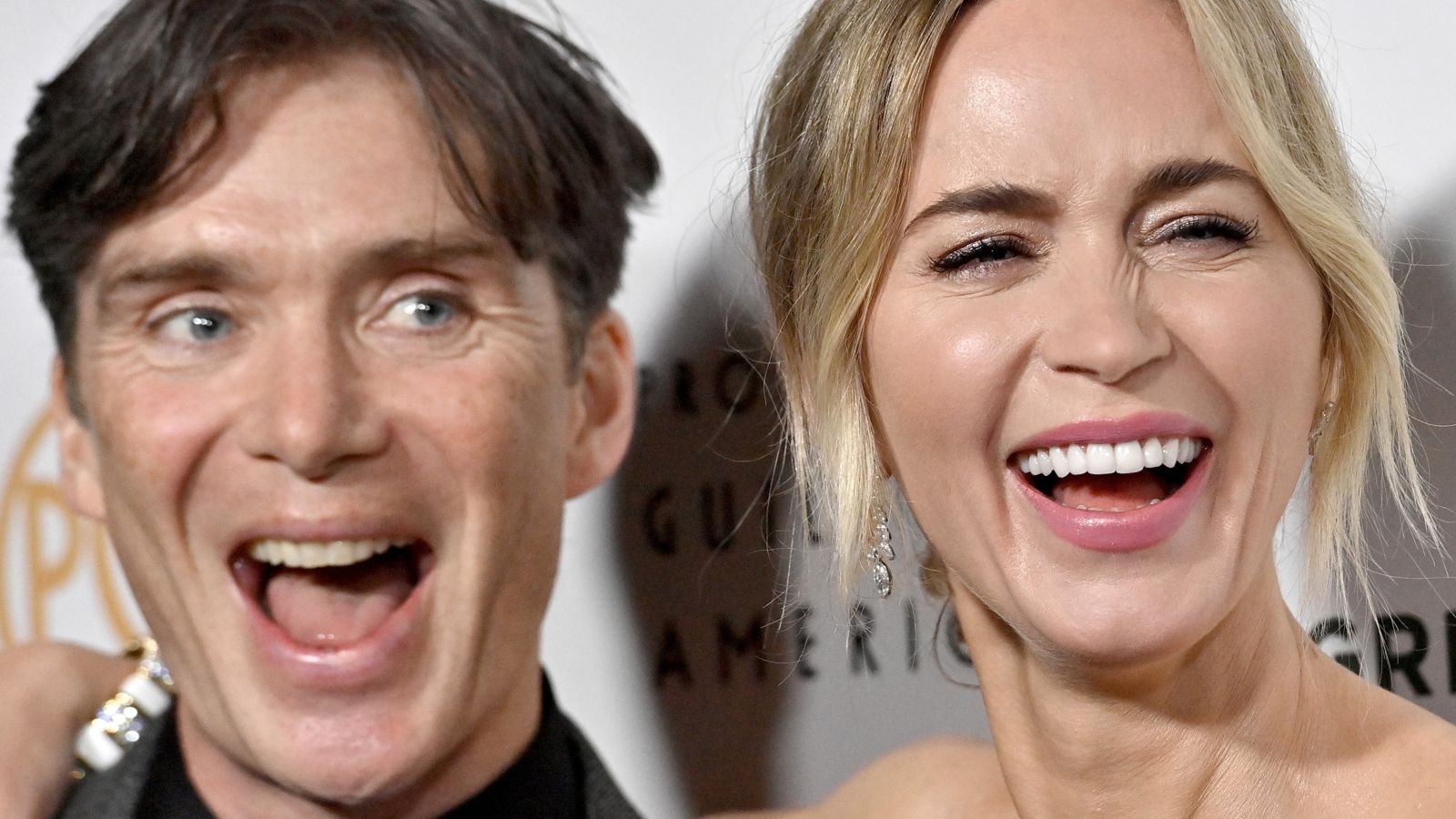Why is my snake plant dying? Pro tips to help a struggling sansevieria
Snake plants are tough, but they're not invincible – this advice could help you save yours before it's too late


Q: I recently bought a snake plant for my living room shelf. It looked healthy at first, but now it seems to be dying. Some of the leaves have withered and drooped, with brown patches appearing at the tips. What could be the problem, and can it be saved?
A: Although snake plants, otherwise known as sansevieria, are generally low-maintenance indoor plants, problems with discoloration and wilting can occur. These are telltale signs that something isn't quite right with their growing environment, such as the surrounding temperature or how much water you're giving them.
The good news is, if you make amendments quickly, you may be able to nurse your houseplant back to full health before it's past the point of no return.

Snake plants make a statement in any interior scheme
3 reasons your snake plant may be struggling
Revive your dying indoor plant by checking for – and treating – these common problems.

Snake plants have attractively patterned leaves
1. Too much water
The first thing to address is your houseplant watering regime. Overwatering snake plants is very common, and, just like if you overwater other succulents, it can kill them.
These plants store water in their thick leaves, and only need watering when the soil is dry. Otherwise, the roots will sit in the excess water, which can quickly cause them to rot. Rotting roots, in turn, can make snake plants turn yellow, mushy, and wilted.
On the positive side, this makes them an undemanding plant to care for. I water my snake plants about once a fortnight during the hottest weeks of summer and around once a month during the rest of the year. They've remained looking happy and healthy for years.
Look out for drainage issues, too, as Joanna Turner of Fiddle & Thorn highlights. 'There might be nothing wrong with how much or how often you are watering your snake plant, but if that water isn't draining correctly, it can cause damage to the root system,' she says.
'One really easy way to increase the drainage in the soil of your snake plant's pot is by mixing in some perlite,' Joanna continues. 'The other thing you must check is that the pot has sufficient drainage holes that aren't blocked by anything.'
If you've overwatered your snake plant, move it somewhere sunny to help the soil dry out, and avoid watering it for a good few weeks to allow it to recover. If signs of root rot have already occurred, remove the plant from its pot, cut away the damaged roots and foliage, and then replant it in dry, well-draining soil.

Joanna is a houseplant enthusiast and the editor of Fiddle & Thorn, a website which has helped more than one million people around the world take better care of their plants.

Snake plants don't need much water to thrive
2. Exposure to extreme temperatures
Snake plants will grow in both sun and shade. However, like most indoor plants, they won't appreciate extreme temperatures. According to gardening expert John Negus, they prefer an average warmth of approximately 60-75°F, and temperatures no lower than 50°F.
Keeping them away from cold drafts and hot radiators is essential. So, if you're sure you're watering your snake plant correctly, assess its location. Moving it somewhere where the temperature is more consistent may be in order.

John has been a garden journalist for over 50 years and regularly answers readers' questions in Amateur Gardening magazine. He has also written four books and has delivered many talks over the years on horticulture.

Avoid putting your snake plant next to a drafty window or door during winter
3. Pest infestations
'Pests like mealybugs and spider mites can damage snake plants if not addressed promptly,' says Harry Luther, the Founder of Plantpat. Aphids can also be problematic.
He advises inspecting your snake plant regularly for signs of pests. If you spot them, isolate the infested plant to prevent the pests from spreading, he says. Then, wipe down the leaves with a damp cloth to remove them.
Other methods, such as using neem oil or insecticidal soap, such as Bonide's ready-to-use spray from Amazon, can also help.

Harry is a passionate gardening expert and the Founder of PlantPat, with years of experience in the horticulture world. His journey with plants began early on, nurturing a deep love for all things green. Over the years, he has honed his expertise in various aspects of gardening, from propagation techniques to plant care.

Wipe pests away regularly to combat an infestation
FAQs
Should you repot a snake plant?
'Sansevieria does not enjoy being re-potted very often,' says gardening expert John Negus. He suggests potting them in a clay pot and then only re-potting them when the pot cracks, indicating that maximum growth space has been used.
Generally, once every three to four years is about right, and is a good time to propagate them by division, too.
Should you remove dead leaves from your snake plant?
Dead or damaged leaves can be pruned from your snake plant by cutting them at the base using a clean and sharp pair of pruners.
With the right know-how, snake plants can thrive for years, growing to dramatic sizes, producing baby plants perfect for repotting, and in some (albeit rare) cases, flowering. Just remember to tackle any problems quickly to help increase their chances of a long and healthy life.
Sign up to the Homes & Gardens newsletter
Design expertise in your inbox – from inspiring decorating ideas and beautiful celebrity homes to practical gardening advice and shopping round-ups.

Holly started writing about gardening five years ago, and she is a regular contributor to Homes & Gardens. She has also written many gardening features for Woman & Home and Real Homes, too. She has previous experience as a professional gardener, where she helped to plant and maintain private gardens. Holly has also looked after allotment plots over the years and loves to grow her own flowers and veggies from seed. In her spare time, she enjoys visiting local gardens, botanical drawing, and tending to her ever-growing collection of houseplants.
-
 This simple marble hack elevates my budget-friendly wooden kitchen countertops and prevents the dreaded water damage for way less than you’d think
This simple marble hack elevates my budget-friendly wooden kitchen countertops and prevents the dreaded water damage for way less than you’d thinkThis design trick looks expensive, solves a problem, and was the easiest decision I made during my kitchen reno
By Charlotte Olby Published
-
 Emily Blunt gifted Cillian Murphy this $545 pillow – she's 'obsessed' with these luxury pillows, and frankly, so are we
Emily Blunt gifted Cillian Murphy this $545 pillow – she's 'obsessed' with these luxury pillows, and frankly, so are weThe Oppenheimer stars sleep on this ultra-luxe goose down pillow – here's why we love it – plus our affordable alternatives from $35
By Sophie Edwards Published